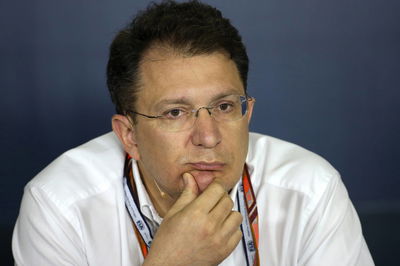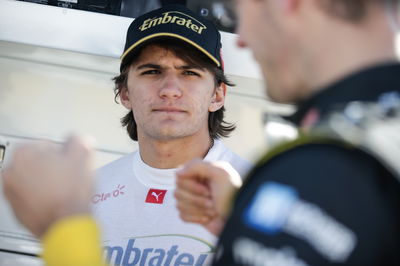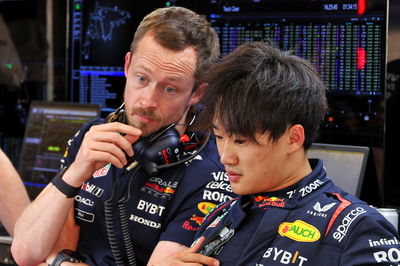F1 cars to be up to 1.5 seconds slower due to 2019 regulations
FIA chief Nikolas Tombazis has predicted Formula 1 cars will be up to “one and a half seconds” slower in 2019 compared to this year with the regulation changes aimed to increase overtaking in the sport.
Tombazis, who replaced Renault-bound Marcin Budkowski as the FIA’s technical chief for single-seaters, has welcomed the decision to tweak next season’s F1 aerodynamic regulations for 2019 which were voted for by F1 teams during the build-up to the Spanish Grand Prix.

FIA chief Nikolas Tombazis has predicted Formula 1 cars will be up to “one and a half seconds” slower in 2019 compared to this year with the regulation changes aimed to increase overtaking in the sport.
Tombazis, who replaced Renault-bound Marcin Budkowski as the FIA’s technical chief for single-seaters, has welcomed the decision to tweak next season’s F1 aerodynamic regulations for 2019 which were voted for by F1 teams during the build-up to the Spanish Grand Prix.
The rule changes will see simpler front wings and front brake ducts while increasing the size of the rear wings with the goal of increasing overtaking opportunities. Having assessed the impact of the technical changes, Tombazis predicts F1 cars will be significantly slower compared to this year.
“We expect this change to be approximately halfway or one third of the way less performance of the delta between ‘16 and ‘17 so we expect to about lose one and a half seconds maybe,” Tombazis said. “That sort of border but it is a bit difficult to predict exactly the amount of development the teams will put on but we certainly expect to lose performance, but that sort of magnitude.”
The FIA boss also conceded the rule changes are considered a “halfway house” in preparation for the 2021 rules shake-up which is currently being investigated by Liberty Media with the project headed up by Ross Brawn.
Tombazis has warned the 2019 rule tweaks are independent to the ongoing work for the 2021 changes but feels a short-term change was required.
“These regulations for 2019 where an extract of some of the lessons learned already at Formula 1 and obviously they had to be implementable for 2019 so they only covered specific areas of the car which are a bit more simple,” he said.
“The underlying lessons that we have learned with F1 about how the cars perform in the wake of other cars but let’s say it’s only a halfway house.
“I don’t want it to be confused with the work that has gone on for 2021 and the future, which obviously is going to be more extensive and hopefully have much more time for research.”











